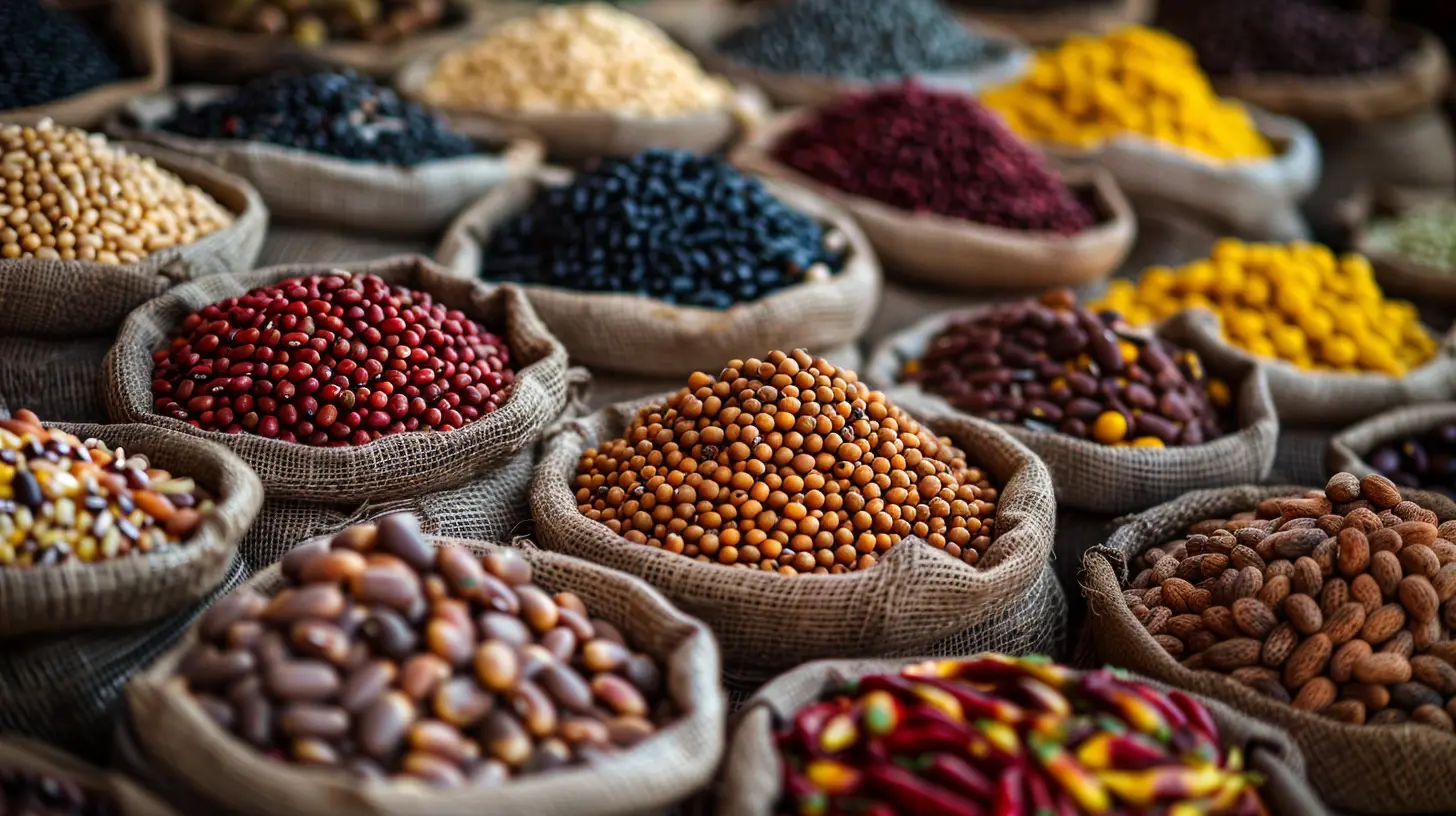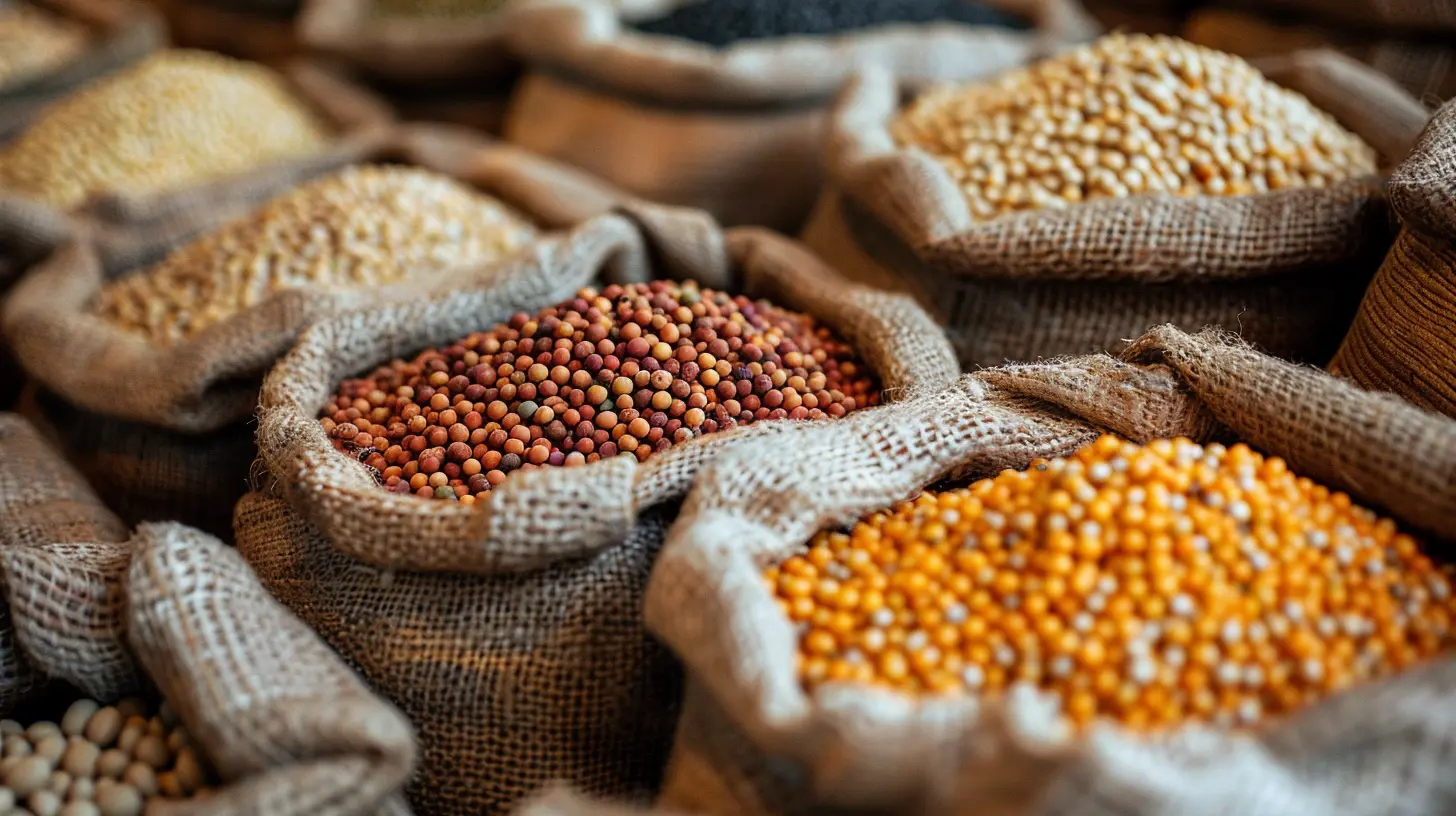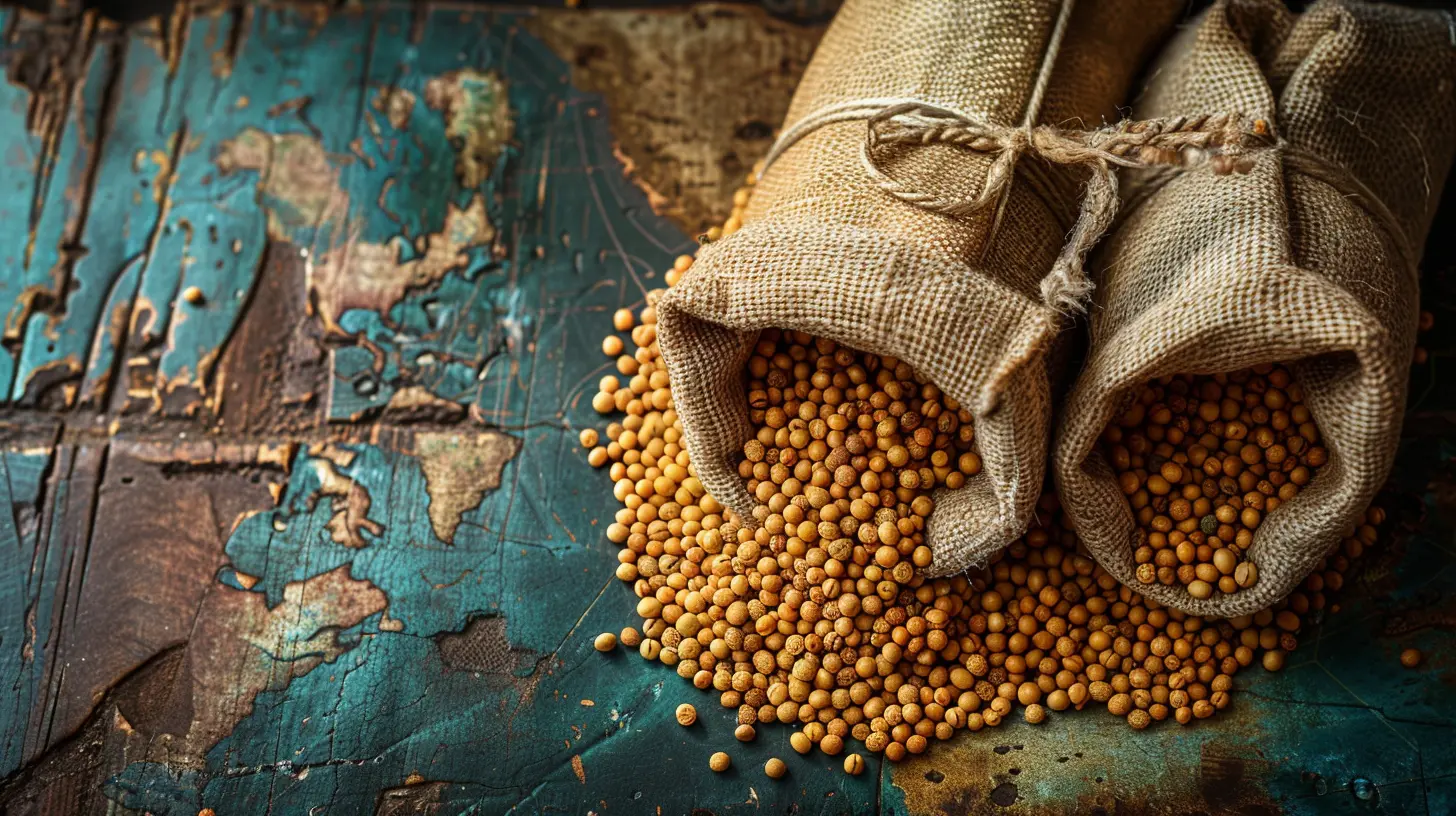Global Demand for Commodities and its Effect on Market Prices
10 July 2025
Have you ever wondered why the price of gas at the pump or the cost of your groceries seems to constantly be on a rollercoaster? One major reason behind this ever-changing price tag is the global demand for commodities. Whether we’re talking about crude oil, wheat, copper, or coffee – every single commodity you can think of lives in a supply-and-demand ecosystem. And when demand shifts globally? The ripple effect hits markets like a tidal wave.
In this piece, we’re diving deep into how global demand for commodities shapes market prices. We’ll break it all down in plain English—no economics PhD required, I promise.
What Are Commodities, Really?
Let’s start with the basics. Commodities are raw materials or primary agricultural products that can be bought and sold. Think of them as the building blocks of the global economy. There are two main types:- Hard commodities: These are natural resources like oil, gold, natural gas, and metals.
- Soft commodities: These include agricultural products like wheat, coffee, cotton, and livestock.
Because these goods are essentially the same no matter who produces them (oil is oil, wheat is wheat), their prices are determined largely by global supply and demand.
The Demand Factor: Why the Whole World Matters
So, why does demand matter so much? Well, imagine a seesaw. On one side, you’ve got supply, and on the other, demand. If demand tilts up while supply remains the same—or worse, shrinks—prices go soaring. If demand dips, prices can tumble.But here’s the kicker: It’s not just demand in your country that matters. In today’s interconnected world, demand from China, India, Brazil, or even smaller economies can drive prices across the globe.
Take oil, for example. If China’s industrial sector is booming, their energy needs surge. That means more oil is bought on the global market, potentially spiking prices for everyone. On the flip side, if a global recession hits and factories slow down, oil demand drops—so do prices.
Real-Life Example: Oil, the King of Commodities
Let’s talk oil, arguably the most talked-about commodity on the planet. The price of crude oil has a notorious reputation for volatility. A big driver of that is—you guessed it—global demand.In 2020, when the pandemic hit and the whole world hit the brakes, oil demand collapsed. Planes weren’t flying, cars weren’t moving, factories were shut. For a brief period, oil futures even dropped into negative territory (yeah, they actually paid people to take oil off their hands).
Fast forward to 2022, demand came roaring back as economies reopened. Add in supply chain issues and geopolitical tensions (looking at you, Russia-Ukraine conflict), and suddenly oil prices were back through the roof.
See how delicate this balance is?
Commodity Demand Is Tied to Economic Growth
Generally speaking, when the global economy grows, so does the demand for commodities. More production means more energy, more metals, more food—all needed to fuel that growth.But when the economy slows? Demand drops. Let’s be real, no one’s out there ordering truckloads of steel during a recession.
Emerging markets also have a huge role here. Countries like India and China, with their rapidly growing middle classes, are demanding more of everything—from meat to smartphones to cars. And all those goods require commodities to make.
So when these countries expand, their hunger for raw materials grows, giving commodity prices a serious boost.
How Supply Tries to Keep Up (And Sometimes Fails)
The other side of the equation is supply. Commodity production isn’t like flipping a switch. Growing more corn, mining more copper, or increasing oil output takes time, capital, and infrastructure.Let’s say there’s a sudden surge in demand for lithium (thanks to the EV boom)—can we just mine more overnight? Nope. It’s time-consuming, heavily regulated, and dependent on geography and technology.
Because supply can’t magically adjust overnight, even a small jump in demand can cause big spikes in prices. That’s why prices can be so sensitive to global demand changes.
How Market Prices React to Demand Shifts
Commodity prices act like a mirror to demand. When investors see rising demand coming, especially in the future, they buy in early. This often leads to speculative bubbles. And when expectations change suddenly? The bubble can burst.Markets can also “price in” future demand. For instance, news of a major infrastructure plan in the U.S. or China might push up prices for steel and copper today—even if the plan won’t be implemented for years.
Traders, investors, and speculators are constantly reacting not just to what’s happening now, but what they think will happen. That’s what makes commodity markets especially wild.
What About Inflation?
Ooh, the dreaded "I-word." Yes, commodities heavily influence inflation. When demand outstrips supply and prices rise—especially for essential things like food and energy—consumers feel the pinch.Central banks watch commodity prices like hawks because rising commodity costs can lead to higher overall prices (inflation). This often forces them to raise interest rates, which can dampen economic growth.
Again, this creates a feedback loop influencing demand… and the cycle continues.
The Role of Currency and Exchange Rates
Here’s a lesser-known angle: global commodities are typically priced in U.S. dollars. So when the dollar strengthens, commodities become more expensive for countries using other currencies, potentially reducing demand.Conversely, a weaker dollar can make commodities cheaper globally, boosting demand and driving prices up.
So yes, even currency fluctuations tie right back into the messy, fascinating web of global commodity demand and pricing.
Geopolitical Events: The Wild Cards
War, political instability, sanctions—these can all choke off supply or skyrocket demand in a heartbeat. Think back to the 2022 Russia-Ukraine war. It disrupted oil, gas, wheat, and fertilizer supplies, causing immediate global price hikes.Even rumors or fears of conflict can create a spike in demand as buyers rush to stockpile, further escalating prices.
Climate Change and Environmental Policies
Another modern driver of commodity demand is the shift toward green energy. Solar panels require rare earth metals. Electric vehicles need tons of lithium, nickel, and cobalt. As countries push for sustainability, demand for these “green” commodities has exploded.And as farming regions face droughts and floods thanks to climate change, agricultural commodities are seeing supply disruptions. Fewer crops + steady or rising demand = you guessed it, higher prices.
What This Means for Investors and Consumers
So where does all this leave you and me? Whether you’re an investor, a business owner, or just someone trying to budget your monthly grocery list, understanding global commodity demand can help you anticipate price changes.Investors often turn to commodities as a hedge against inflation or economic uncertainty. But timing matters—get in too early or too late, and you could get burned.
Consumers, on the other hand, might not have much control over market swings, but knowledge is power. Understanding the why behind price hikes can help you plan smarter and manage expectations.
Final Thoughts: It’s a Global Game
At the end of the day, the price of wheat in Kansas or copper in Peru isn’t just about local factors anymore. We live in a deeply interconnected world. Demand from halfway across the planet can—and does—shift prices everywhere.From geopolitics to green energy, from currency swings to emerging economies, the forces shaping commodity demand are vast and varied. And while we can’t predict the future with 100% accuracy, keeping an eye on global trends can give you a pretty good idea of what’s coming down the line.
When demand heats up globally? Prices follow suit. It’s just economics…but with a twist of chaos.
all images in this post were generated using AI tools
Category:
Market TrendsAuthor:

Uther Graham
Discussion
rate this article
1 comments
Mara Gutierrez
Who knew commodities could be so exciting? Let’s ride this rollercoaster of global demand and market prices—hold on tight, it’s going to be a bumpy ride!
July 29, 2025 at 10:50 AM

Uther Graham
Absolutely! The dynamic nature of global demand makes commodities a thrilling market to watch. Buckle up!


